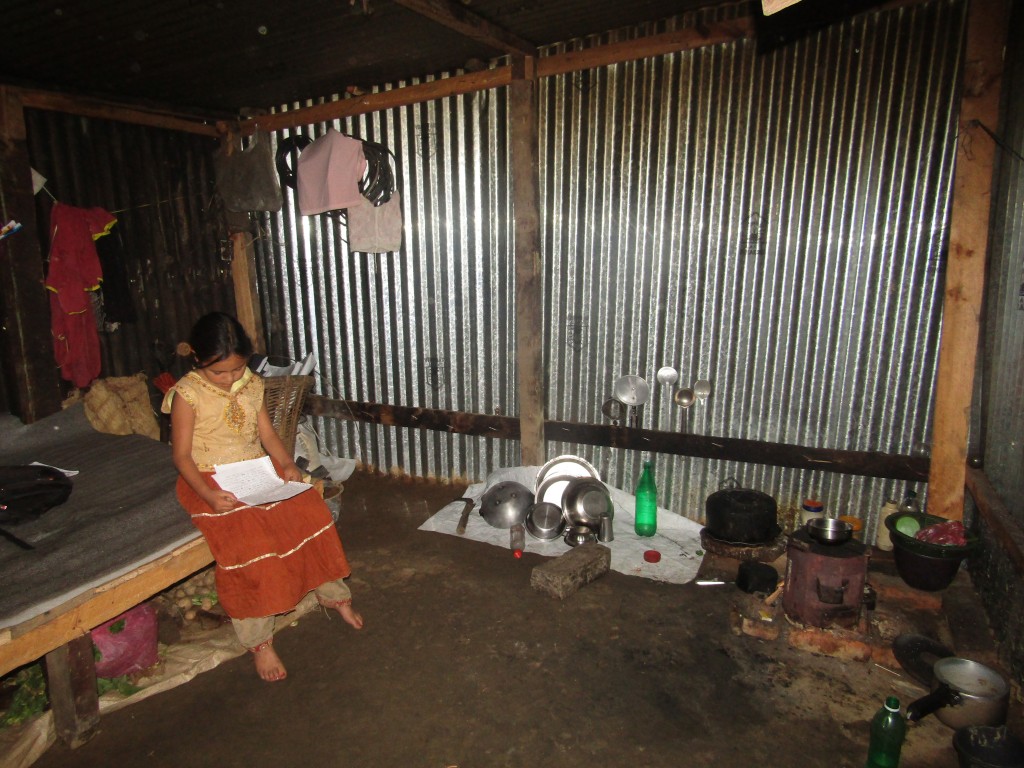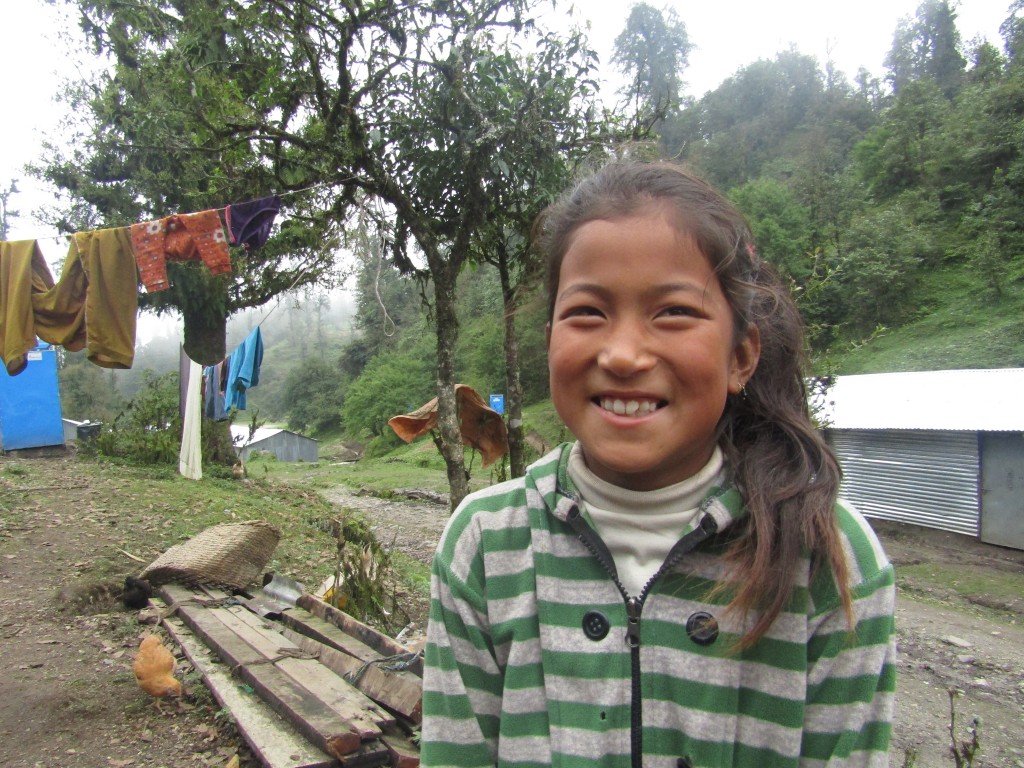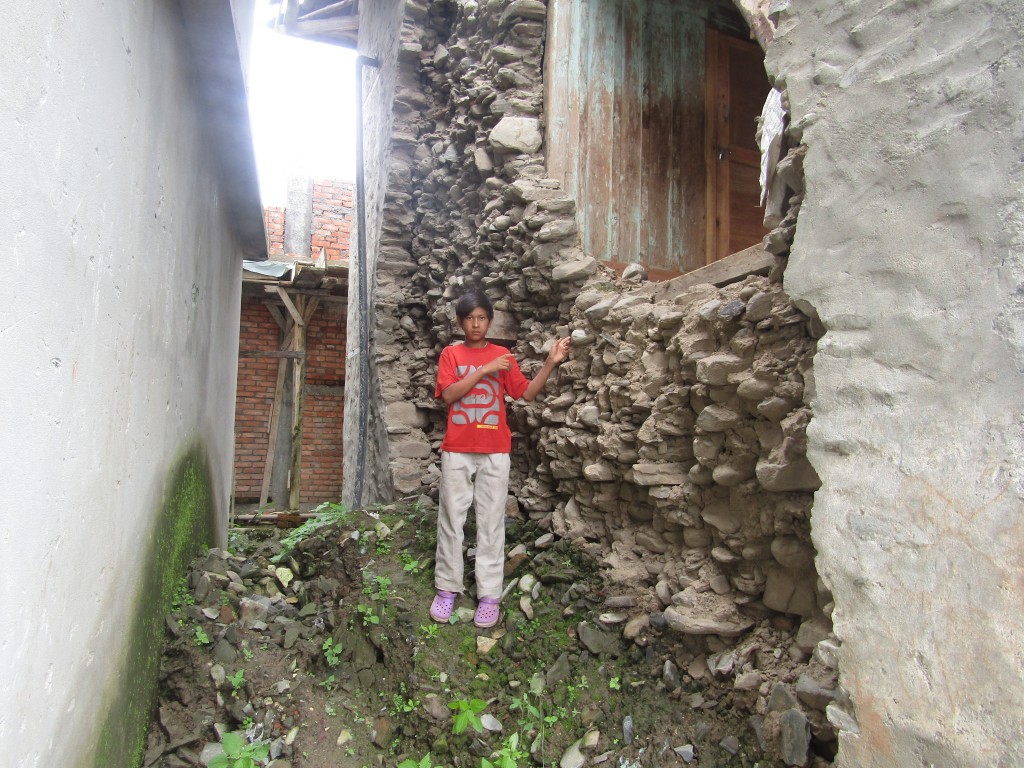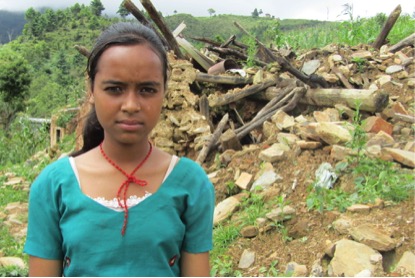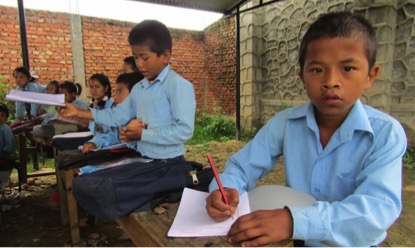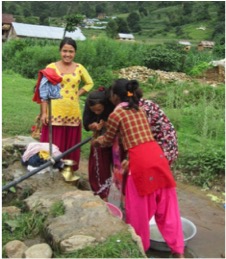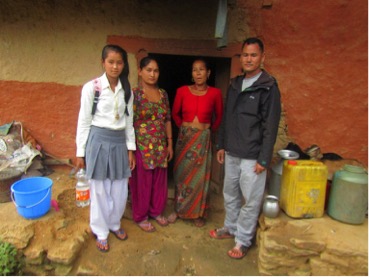“Young people tell us that since the earthquake, no one has asked for their opinions. They are made to feel like their thoughts and concerns are not important.”
In April 2015 a devastating earthquake struck Nepal, killing more than 9,000 people. With a magnitude of 7.8, it is said to have been the worst natural disaster to hit the country since 1934.
In the aftermath of the earthquake, 24 young people from the Makwanpur district of Nepal were trained in photography, storytelling and newswriting. They were then sent back to their communities to speak to children and adults and report on the issues affecting them. The project was organised by Plan International as a way to engage the young people of Nepal in the relief work that has been ongoing since the natural disaseter occurred. Through the interviews, youth reporters uncovered the most pressing needs of communities, which ranged from the lack of clean drinking water to damaged schools and the fear of aftershock.
“Young people tell us that since the earthquake, no one has asked for their opinions. They are made to feel like their thoughts and concerns are not important,” explains Jessica Lomelin, Emergency Communications Specialist for Plan International Nepal.
“The Youth Reporter Project enables children to raise their voices on issues that matter most to them. They have their own needs and concerns. Now through photography and filming, the youth are in control. They have a tool to document their realities and raise their concerns.”
One of the youth reporters, 13-year-old Amin, said: “As youth reporter, I will try my best to incorporate the voices of children, so that the world may pay attention to our needs.”
Here’s what the young reporters found out during their on-the-groud journalism work.
*Photos and words by the Youth Reporters
**Names have been changed to protect the identity of the children
Nervous about playing outdoors with her friends
Sita* is a 9-year-old girl, studying in the fifth grade. She comes from a family of five.
Sita was playing nearby her home when the earthquake struck. She was with her friends when the earth began to tremble. She had no idea what was going on. Her father rushed over to her and held her tightly. Eventually, Sita realized what she had experienced was an earthquake.
“I saw my home fall down, which makes me worried in my heart and mind.”
She still fears earthquakes: “The fear keeps me from doing regular enjoyable activities like playing with my friends.”
Now, she lives in a makeshift tent. Her family has also received a hygiene kit and tarpaulin from NGOs. Sita says living in a makeshift tent makes for an uncomfortable lifestyle. She hopes that the government will provide them with a safe place to live. They wish for a new home rather than living in a makeshift tent.
Mental trauma: Fear of going to school again
Pema is 10-years-old and lives in Makwanpur district in Nepal. When the earthquake caused her home to collapse, Pema and her grandfather were buried under the rubble.
“My family and neighbor were able to take us both out from under the rubble,” she says.
As she was badly hurt, Pema’s family took her the nearest hospital. Though her wounds were healed, the earthquake has left her mentally traumatised. Her health condition is improving, but she still fears the possibility of future earthquakes.
The family received three tarpaulins from Plan International Nepal and the Red Cross Society, which they have used to make a makeshift shelter.
“We suffer from the cold by living in the makeshift tent. I don’t know when things will return to normal and I don’t know how we are going to live.”
“We also fear lightning and thunder when we stay in the makeshift tents,” Pema’s mother added.
Pema said: “My studies were badly affected because of the earthquake. I fear having to go to school again. I don’t have books or a uniform.”
Harsh living conditions following the disaster
Kumar studies in the eighth grade in Makwanpur district. His father is a migrant worker in the Middle East. Kumar’s home was completely destroyed in the earthquake and his family now live near a district health post.
“I am uncomfortable studying and living in the district health post; it is congested and overcrowded,” he says.
“I feel ignored by the government during the time of this disaster. They should give proper care to earthquake-affected communities.”
Close to death
Samana* studies in the eighth grade and lives in one of the hardest hit areas in Makwanpur district. She comes from a family of six. When the earthquake hit, Samana was playing with her friends.
“I remembered then that if an earthquake hits, I must hide under my bed,” she says.
Samana was on her way to home to hide when her parents rushed her outside.
“If I had gone inside, I would have been under the rubble of my home.”
Samana’s life has changed completely since the earthquake. She lives with her family in a makeshift tent and fears snakes, insects and other poisonous reptiles.
Education after the earthquake
Piyush* is an 11-year-old studying in a temporary learning center. His school was destroyed in the earthquake.
He feels sad studying in the temporary school, because it is not protected from the rain and sun.
“Our classroom floods when it rains.”
He hopes that his school will improve and that he will be able to study in a normal school building.
The principal of his school said: “We have already found a donor to help us rebuild our destroyed school. We hope it will be complete soon.”
Tackling water-borne diseases and sanitation issues
Due to the earthquake, major sources of water are now blocked, leaving the majority of people in areas of Makwanpur district without sufficient access to water. One of those individuals is 11-year-old Mita*.
Since the earthquake, Mita’s studies have been interrupted as the lack of water points has forced her to wait for three hours to fetch water. Now Mita is using water purification tablets by Plan International Nepal. She uses them as she fears the possibility of water-borne diseases.
The lack of water is hampering her personal hygiene and other household chores. The people in Chitlang VDC are working together to improve these issues.
Water scarcity after the earthquake
Shila*, 14, and her family are suffering due to a scarcity of water. Since the earthquake, most of the nearby water sources are now blocked, which creates problems in her daily life.
Like her friends, Shila has to wait for up to three hours to fetch water for her home. Instead of going to school, she now spends her morning collecting water.
People in her community use the rain water to care for their personal hygiene and conduct other household chores. They now use the water purification tablets provided by Plan International. Shila’s father is concerned that the government and NGOs have not paid enough attention to affected communities. Shila hopes that eventually her community will overcome the issue of water scarcity.


